+17% Yield Boost in Romaine Lettuce Trial
AT A GLANCE
- Results
- Crop
- Farm
- Location
+17 % Wet Weight at maturity; +6.1% average Leaf Length.
Lactuca sativa L. ‘Coastal Star’ Romaine Lettuce.
Santa Fe Community College Research Greenhouse.
*This work was independently performed by SFCC students Jen Lein and Amanda Garcia with advising by Controlled Environment Agriculture professor Charlie Shultz and greenhouse manager Pedro Casas. Film donation and data analysis were provided by UbiQD, Inc.
Santa Fe, NM, USA
ABOUT THE PROJECT
This study monitored the growth and development of ‘Coastal Star’ romaine lettuce crops, improving crop yields by growing romaine lettuce under an orange-red UbiGro luminescent quantum dot (QD) greenhouse film, and identical high yield lettuce crops grown under a colorless control film at the Santa Fe Community College Research Greenhouse in 2021. These agricultural farming techniques aimed to evaluate the effectiveness of advanced greenhouse technology in improving crop yield.
EXPERIMENT
UbiGro QD greenhouse films emitting at 600 nm were installed above a 254 ft² (23.6 m²) nutrient film technique (NFT) system inside the Santa Fe Community College Research Greenhouse (SolaWrap cover, 83% PAR transmission). An identical neighboring NFT area in the greenhouse was chosen to serve as the control group, over which a clear polyethylene film (K50 Clear 6 mil, RKW Klerks) was installed to balance the light intensities and diffusivities between the two areas (see Table 1 describing the haze and transmission of the QD film and the polyethylene control film).
A reflective mylar barrier was hung between the two areas to prevent light mixing between treatment areas. A Watchdog Plant Growth Micro Station with four quantum light sensors was installed to measure daily light integral (DLI) on each side of the experiment using five-minute measurement spacings. Crops, including romaine lettuce, were grown with Calcium Nitrate, Magnesium Sulfate, and Potassium Nitrate-rich nutrient salt solutions with targets of EC 1.7 and pH 5.8.
In order to better achieve proper light intensity and improve crop yields for growing romaine lettuce, shade curtains were deployed over the crops in both treatments until August 26 (covering the first three crops in this experiment), when they were removed. These adjustments provided insights into how to grow lettuce fast while maintaining optimal crop health.
Table 1. Optical properties of the QD film and the polyethylene control film.

Every week for 12 weeks starting in July 2021, two groups of 27 plants were seeded in Oasis Rootcubes on an ebb-and-flow seedling table inside the greenhouse. Each pair of plant groups was transplanted into the NFT system, under the QD film and control films, at 21 days after sowing (DAS). In order to explore differences in growth rates over time, each transplant group was split into three subgroups, where each subgroup consisted of 9 plants.
Each subgroup was harvested a week apart from the others in order to explore all stages of growth – early to late (mature). The staggered harvest times ranged from 39 DAS to 59 DAS. Separating the staggered harvests into DAS ranges allows a better understanding of how development changes over time under the altered QD film spectrum. Amongst 12 crop groups, including romaine lettuce, a total of 35 individual harvests (subgroups) were made during the experiment.
These efforts were aimed at exploring ways to improve crop yields. The first harvest was completed on August 20, 2021, and the final harvest was completed on November 23, 2021, showcasing the effectiveness of high yield lettuce techniques, how to grow lettuce fast, and agricultural farming techniques.
HARVEST DATA
Staggered harvests were grouped into similar DAS ranges, as indicated in Table 2, such that four growth stages were explored: very early growth (39 DAS), early growth (44-46 DAS), mid growth (51-53 DAS), and late growth (56-59 DAS). Due to labor scheduling, the harvests were conducted ±2 days from the target nominal DAS. The maturity time for this lettuce species, including romaine lettuce, is 57 DAYS according to seed purveyor Johnny Seeds, so these ranges represent harvest times up to a typical harvest time for a commercial grower.
However, this 57-day maturity time can vary with sunlight intensity, seasonality, climate, and other variables, which are critical factors in growing romaine lettuce.
*Table 2. Harvested wet weights, % difference and p-value for lettuce harvests from four growth stages. * indicates that the difference is not significant beyond a 95% confidence threshold.
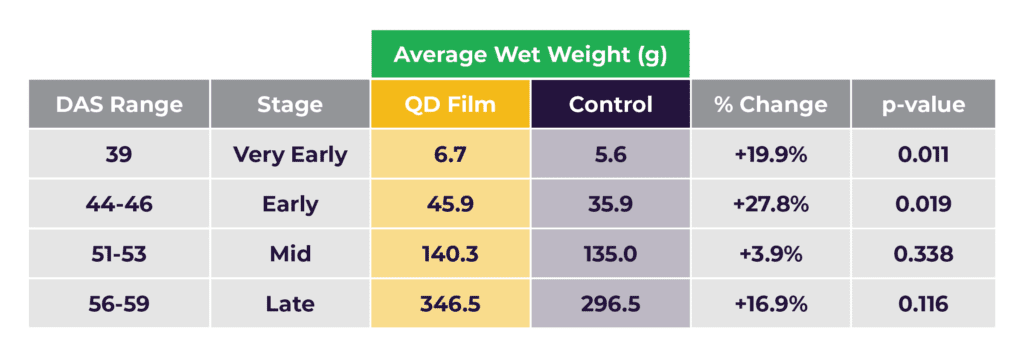
Average wet weights for each harvest were compared across all crops, and are shown in Table 2 and in the form of growth curves in Figure 1 and bar plots in Figure 2. Harvest results outside of one standard deviation from the mean were excluded as outliers. Plants grown under the QD film exhibited larger wet weights for all DAS ranges. The largest yield increases were for the very early and early harvest windows, +20% and +28%, respectively. The mid stage showed a small yield increase of +4%.
The late harvest showed a +17% yield improvement which represents the total growth during the full period. This late stage growth represents the most impactful result of this experiment, as a commercial grower would grow out their romaine lettuce crop to full maturity and realize the yield benefit in terms of greater revenue (if selling by weight) or faster growth cycles (if selling by headcount).
This yield boost for the mature crop translated to the ability to harvest the same size crop 2-3 days earlier, demonstrating the effectiveness of high yield lettuce, advanced agricultural farming techniques, and methods to improve crop yields. Additionally, these results offer insights into how to grow lettuce fast, which is vital for optimizing production cycles.
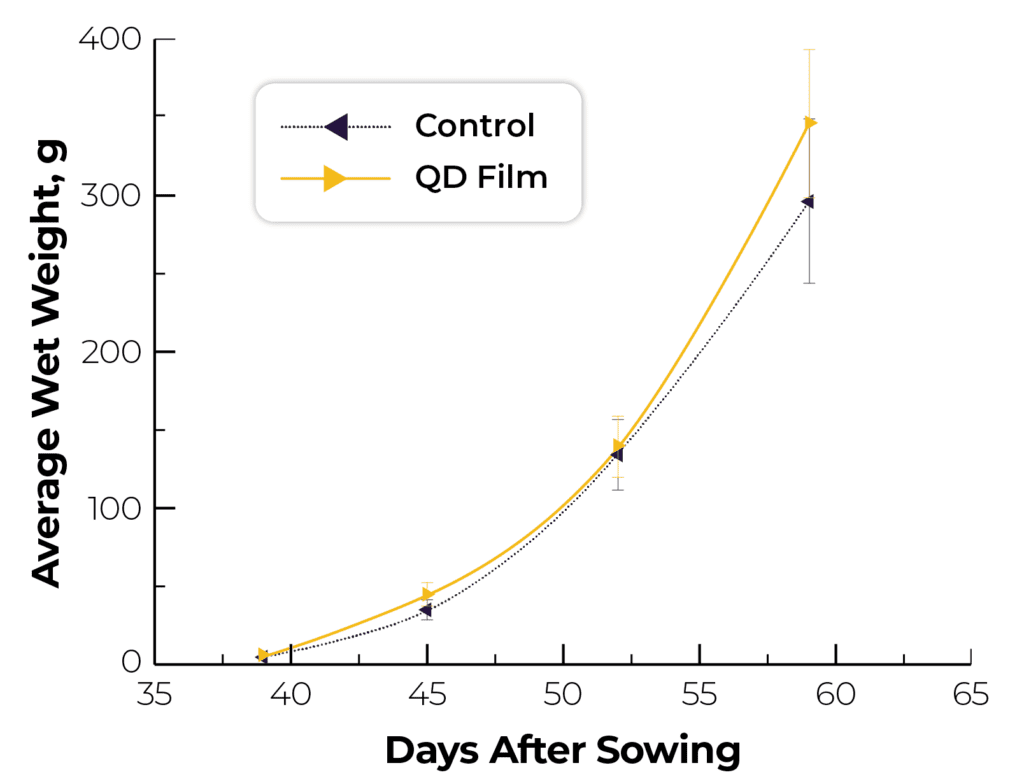
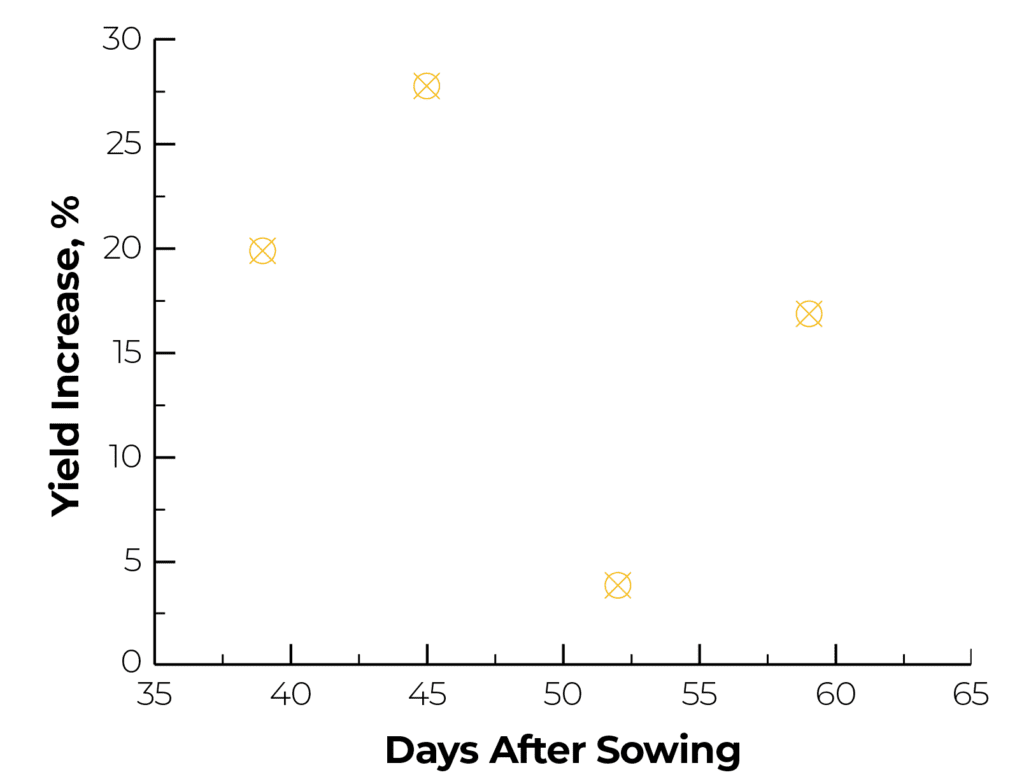
*Figure 1. Top: Growth curves for lettuce grown under the QD film and under the control film, with 1 standard deviation error bars. Bottom: Average wet weight yield increases for different DAS ranges for staggered harvests.
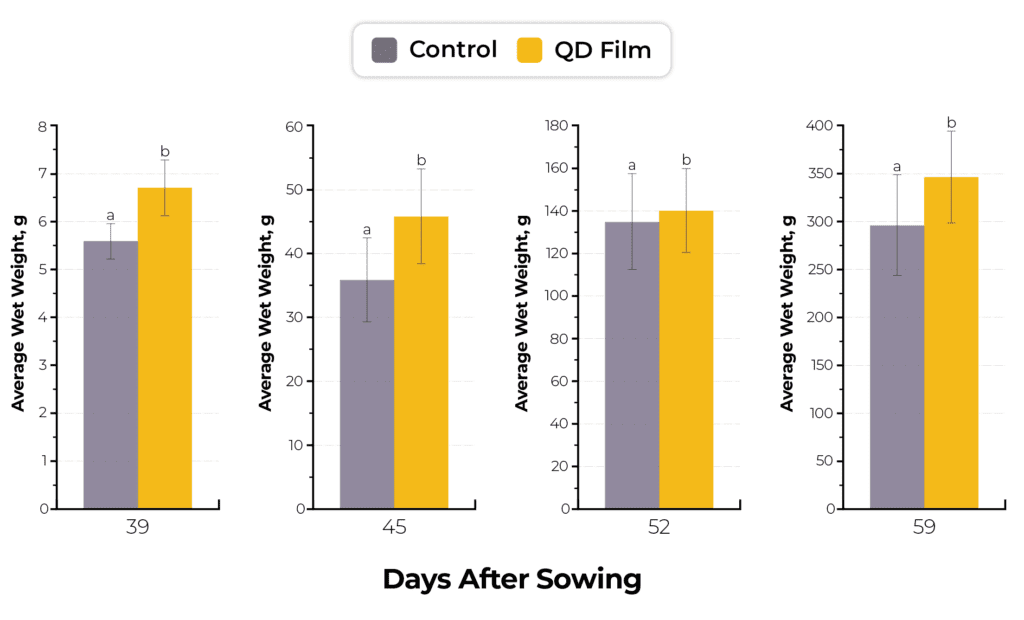
*Figure 2. Average wet weight yields for different DAS ranges for staggered harvests, with 1 standard deviation error bars. Plots marked with the same letter are not statistically significant beyond a 95% confidence threshold. Plots marked with different letters are statistically significant beyond a 95% confidence threshold.
The harvest results were analyzed with a t-Test (two-sample assuming unequal variances) and corresponding p-values are shown in Table 2. This analysis showed that the yield improvements observed for very early and early harvests were statistically significant beyond a 95% confidence threshold, meaning that the difference was highly likely to be a result of an existent relationship. For mid and late growth, yield enhancements were observed but the differences were not statistically significant.
For mid growth, the difference was too small (+4%) to be significant beyond the variance in the dataset. For late growth, the enhancement reappears (+17%), but so was the variance in the dataset, leading to a p-value of 0.116. The large variance could have been due to a number of factors, including shading by neighboring romaine lettuce plants as they got larger and saturation of growth size for mature plants.
Earlier development is expected to result in larger plants in all stages, so this behavior is surprising; more data on a larger scale could further clarify this result and improve crop yields.
One possible explanation is a growth curve shape that is not exponential, but rather exhibits a mid-plateau, shown in Figure 3. For this shape, a faster growth rate in early stages (orange line) would essentially shift the curve left from the normal curve (blue line), and probing the differences at various times along the curve (red arrows) would lead to yield enhancements that could appear reduced at the mid-plateau.
To verify this, more granular steps in the DAS range would have to be probed. These insights could also help determine how to grow lettuce fast by better understanding growth dynamics.
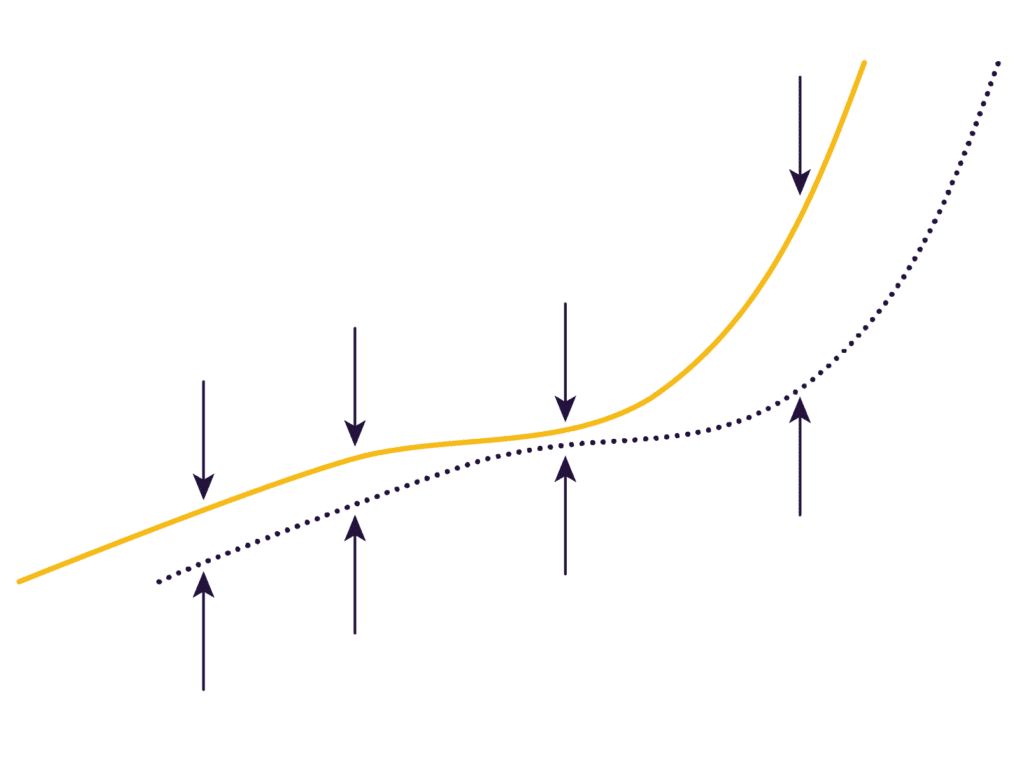
*Figure 3. Sketch of growth curve shape that may explain the yield enhancements observed in this experiment. The orange line represents the enhanced QD film growth, and the blue line represent normal growth. The orange line is shifted left to represent a faster growth rate. Red arrows indicate the four DAS ranges for which yields were probed in this experiment.
LEAF LENGTH DATA
During growth and prior to harvest, the longest leaf length was measured weekly, with measurements beginning on 28-30 DAS for eight of the crops, and on DAS 35-37 for the other four. This measurement frequency allowed for 4-5 leaf length measurements per group before the final harvest of that group, which included romaine lettuce. For a given group of up to 27 plants, nine plants were randomly selected for leaf length measurement with the results averaged. A total of 106 leaf length datasets (954 plants measured) were made among the 12 groups, contributing valuable insights on how to grow lettuce fast.
Similar to the wet weight analysis, leaf length measurements were broken down into DAS groups to compare the growth rates at approximately weekly intervals and improve crop yields. Leaf length measurements outside of one standard deviation from the mean were omitted from the dataset. Leaf length data as a function of DAS are plotted in Figure 4 and 5, and results summarized in Table 3.
A fairly consistent trend of +3 to +9% longer leaves was observed for all DAS ranges. The differences were statistically significant for two of the five DAS ranges. The average leaf length increase was +6.1% for all DAS ranges.
*Table 3. Average leaf length data for DAS ranges approximately 1 week apart. * indicates that the difference is not significant beyond a 95% confidence threshold.
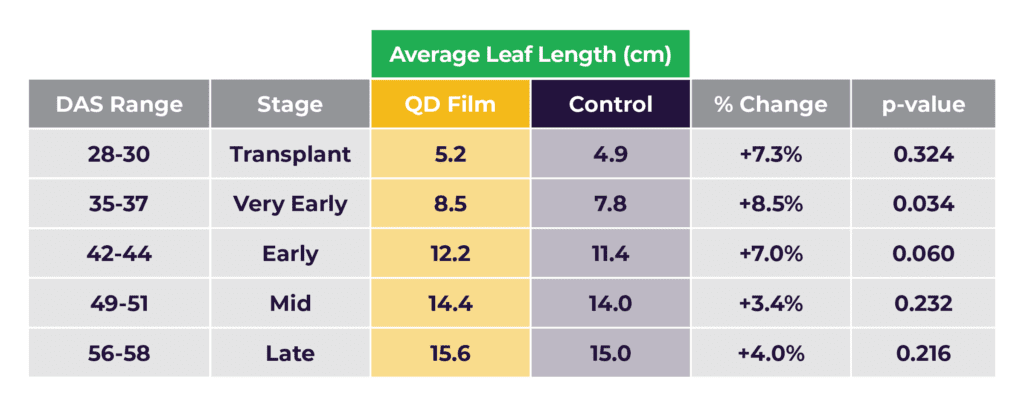
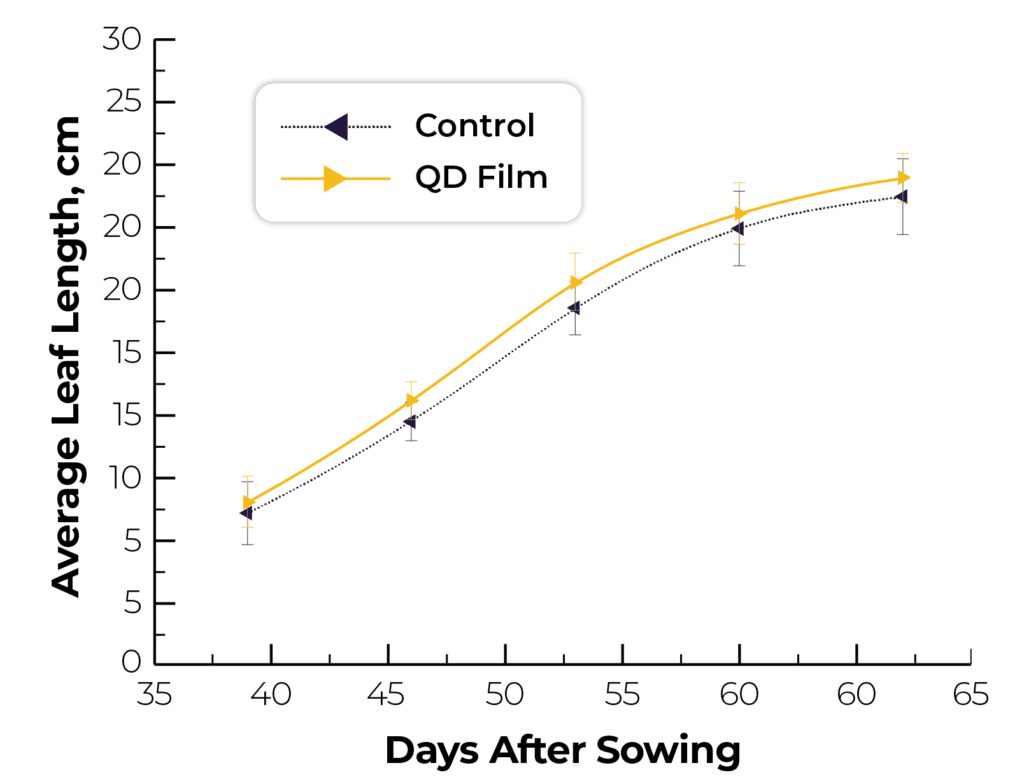
*Figure 4. Leaf length plotted against DAS, with 1 standard deviation error bars.
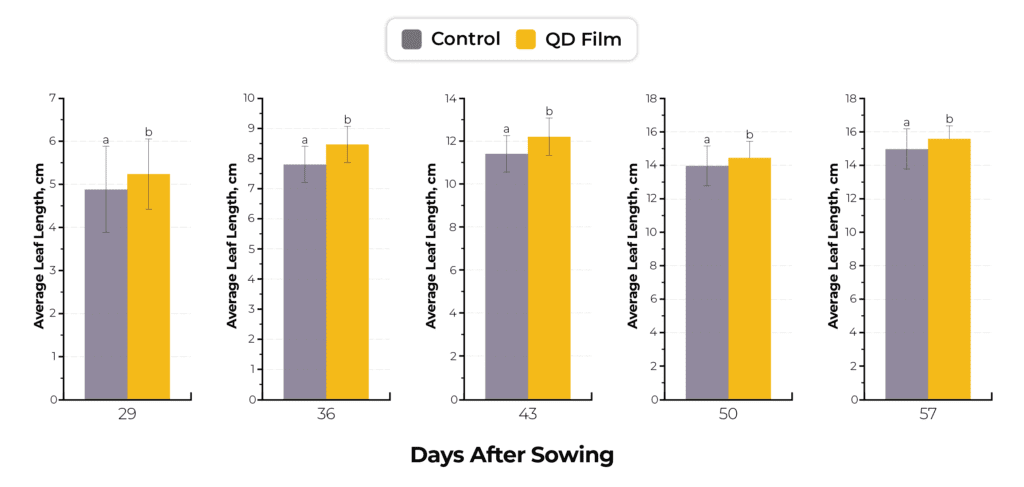
*Figure 5. Average leaf lengths for different DAS ranges for staggered measurements, with 1 standard deviation error bars. Plots marked with the same letter are not statistically significant beyond a 95% confidence threshold. Plots marked with different letters are statistically significant beyond a 95% confidence threshold.
DAILY LIGHT INTEGRAL
Light intensity balance was important to quantify in this trial in order to isolate the effects of spectral quality. The two sides of the trial must balance light intensity as closely as possible in order to provide comparable results. Daily light integral (DLI) describes the number of photosynthetically active photons (light in the 400-700 nm range) that are delivered per unit area over a 24-hour period, and is the typical cumulative metric for measuring light intensity over crops, including romaine lettuce.
DLI values for the QD film and control groups are plotted below in Figure 6, ranging from 13-27 mol m-2 d-1 throughout the experiment dates.
Seasonal and daily geometric changes in weather and sun angle interacting with the infrastructure of the greenhouse caused DLI differences to vary as the season changed from summer to winter. Individual daily DLI differences between the QD film and control groups fluctuated from +15% to -15% over the course of the trial due to seasonal sun angle interactions with greenhouse infrastructure. These insights can help growers improve crop yields by optimizing light distribution throughout the growing cycle.
DLI differences summed over the growth duration of each harvest group were tighter, varying from +8% to -7% (see Figure 6). The average difference in DLI between the QD film and control areas, averaged over the growth duration of each harvest group for all 35 harvests, was +2.1%, with the QD film side seeing slightly more light intensity on average.
For those looking to learn how to grow lettuce fast, optimizing DLI can be a critical factor. Overall this was a fairly even DLI balance, certainly less than the magnitude of the yield differences observed, +4% to +28%.
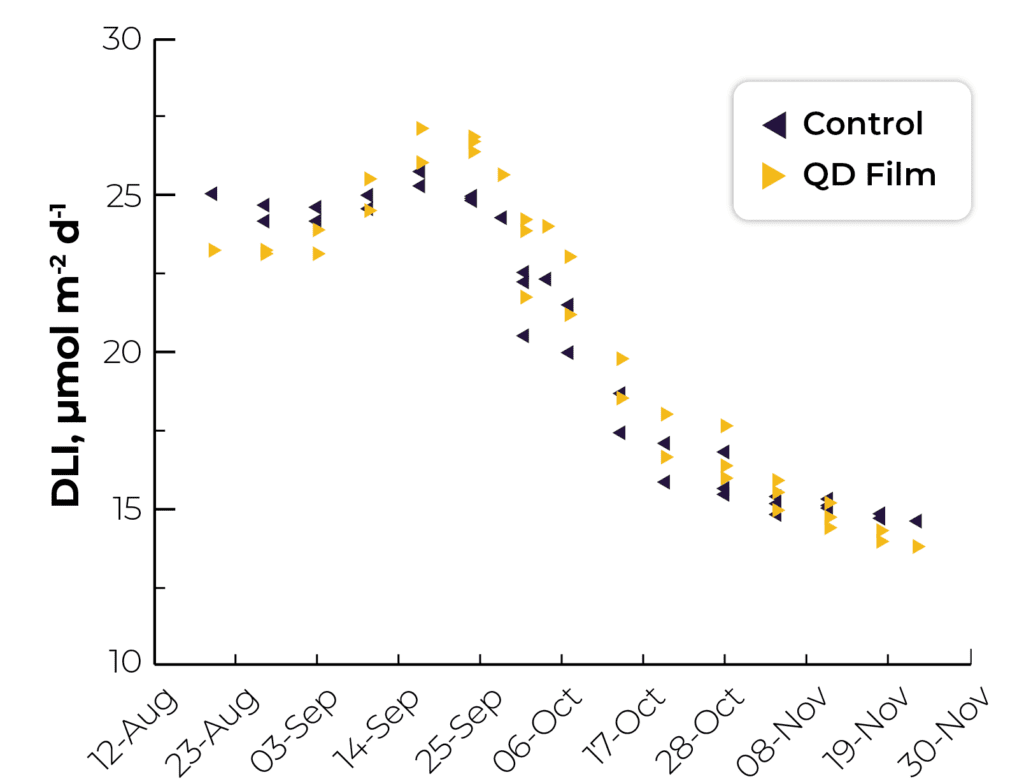
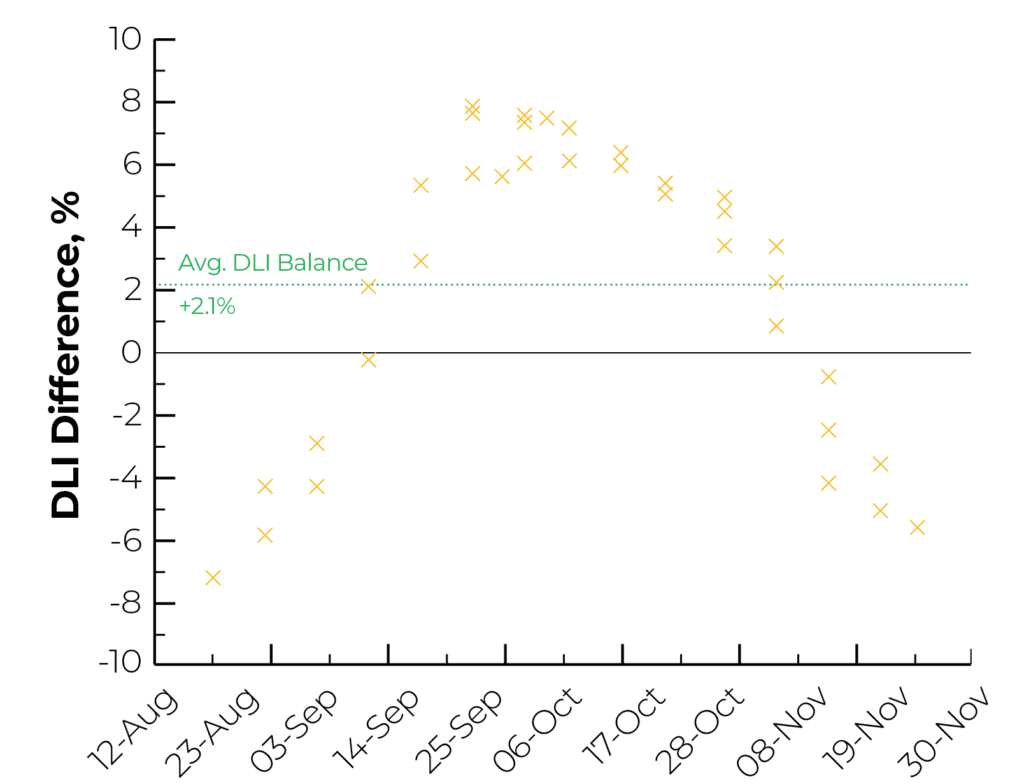
*Figure 6. Top: Individual average DLI values for each of the 35 staggered subgroup harvests. Bottom: DLI percentage surplus/deficit over the course of the experiment. Values represent cumulative DLI for a given crop, plotted at that crop’s harvest date.
CONCLUSION
This study exhibited that 600-nm UbiGro quantum dot luminescent greenhouse films applied over Coastal Star romaine lettuce increased both yields (+17% at maturity) and leaf lengths (+6.1% average increase), allowing growers to achieve faster growth rates (2-3 days faster) and higher productivity in the greenhouse. These findings highlight the effectiveness of growing romaine lettuce using advanced agricultural farming techniques to achieve high yield lettuce production and improve crop yields.
Because achieving statistically significant results is challenging with biological variance and limited scope, larger commercial trials are needed to clarify and further validate the results observed here. For growers wondering how to grow lettuce fast, these techniques show promising potential.
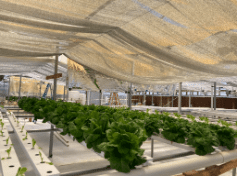
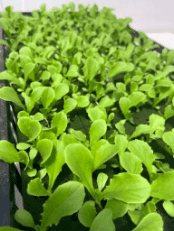
Share:
Share:
Connect With Us
Company
Resources
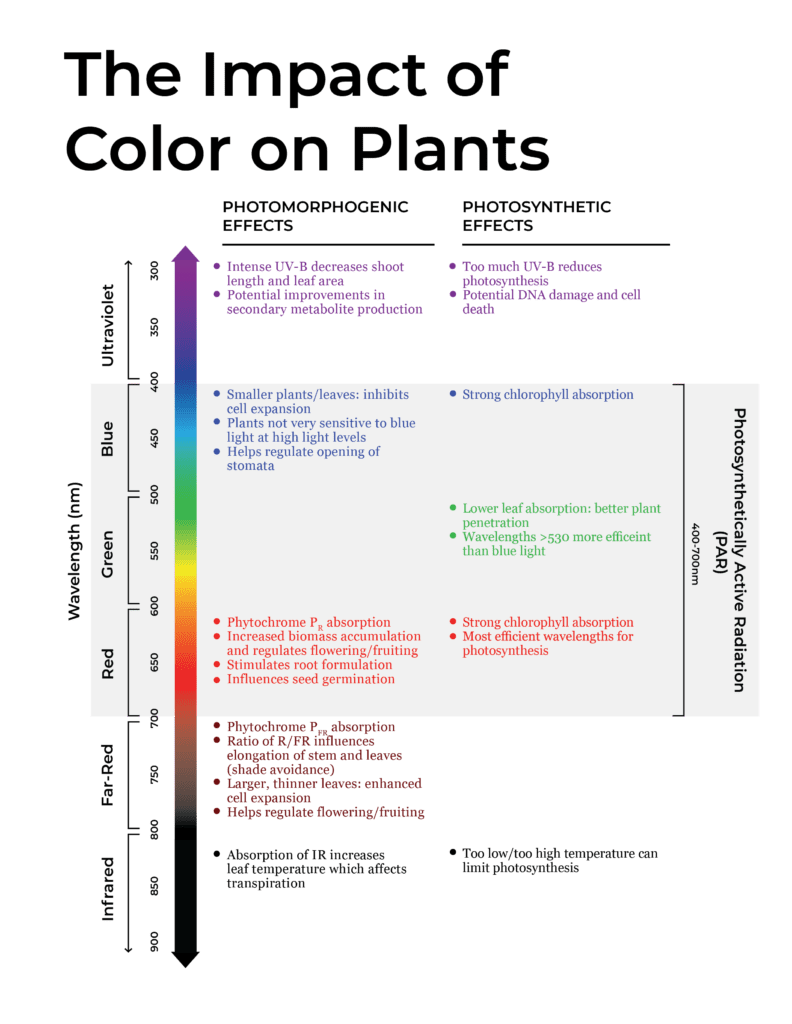

Hunter McDaniel, PhD
Founder & CEO
Hunter earned a Ph.D. in Materials Science and Engineering at the University of Illinois at Urbana-Champaign, before joining Los Alamos National Laboratory in the Chemistry Division. Ultimately the value proposition of UbiGro is about boosting crop yields and quality without the cost or energy impact of lighting. Hunter has more than fifty publications and patents, and more than 2000 total citations, h-index: 20. Hunter fundamentally believes that novel materials underpin every significant technology advancement, and he is focused on leveraging new materials to have a lasting and sustainable impact.

Damon Hebert, PhD
Director of Agriculture
Damon brings a wide range of experience in agriculture, materials science, spectroscopy, and small business. During his time in Prof. Angus Rockett’s research group at The University of Illinois at Urbana-Champaign (UIUC), Hebert authored a doctoral thesis and multiple papers on the materials science of CIGS semiconductor materials, which is closely related to the materials developed at UbiQD. He also served as a consultant to Nanosolar, a CIGS nanocrystal solar cell manufacturing company. Hebert has industry experience having co-founded Dr. Jolly’s, a leading cultivation and distribution operation in Bend, OR.

Tania Lafaille
Sales Representative
Tania is a UbiGro Sales Representative, with over 7 years of experience in product sales (specifically berries and avocados) covering all of North America and parts of South America. While in agriculture, Tania has cultivated strong relationships with growers and distributors, granting her a unique insight into both perspectives. That understanding, paired with her fierce dedication to results, drives her fun and fiery commitment to her craft. Tania is based in Gilroy, CA.

Tyler Veyna
Sales Representative
Tyler brings 15 years of experience in Greenhouse production and facility management of a wide range of crops in multiple states to the UbiGro team. Based in Salinas, California. “Being a fourth-generation farmer, I look to improve and empower the grower, and with UbiGro, we can do just that.”

Jim Gideon
Sales Manager
Jim Gideon is an UbiGro Sales Manager, with over 25 years of greenhouse industry sales experience covering all of North America. Previously Jim has worked for Green Tek, Plazit-Polygal, Texel, Cherry Creek, and Nexus. He is based in Montgomery, AL, and Jim believes that “light is everything to the grower.”

Eric Moody
Director of Sales
Eric Moody is UbiQD’s Director of UbiGro Sales. Eric has more than 6 years of experience in horticulture lighting industry, building relationships with greenhouse growers of all sizes and crops on optimal lighting for their growing operation, and most recently managed a North American sales team for PL Light Systems. Overall, Eric has been in sales leadership positions for more than 13 years. Eric brings with him a great understanding of the market and available technologies for growers, greenhouse facilities, and sales leadership. Reach Eric by phone at 541-490-6421 or by email at [email protected].

Mike Burrows, PhD
Dr. Michael Burrows is UbiQd’s Vice President of Business Development. His educational background includes a Materials Science doctorate from the University of Delaware and an MBA from Duke University Fuqua School of Business. His career has specialized in the commercialization of novel electronic materials in venture-run programs for different industries including solar, biosensors, and the automotive industry. In both start-up and corporate environments, he has extensive experience in global market development, foraging supply chain partnerships, productization, and brand building. He is currently leading UbiQD’s partnership efforts in luminescent greenhouse technology, smart windows, and security ventures.

Matt Bergern, PhD
Cheif Product Officer
As Chief Product Officer at UbiQD, Dr. Matt Bergren leads the company’s product development efforts, sales, and product manufacturing, including the company’s first commercial agriculture product, UbiGro. He plays a critical role in continuing the company’s path of technology development and vision of powering product innovations in agriculture, clean energy, and security.
He serves as the principal investigator for UbiQD’s contract with NASA, focused on tailoring the solar spectrum for enhanced crop production for space missions. Dr. Bergren’s leadership experience includes serving on the board of directors for the New Mexico Energy Manufacturing Institute, focused on job creation in New Mexico’s energy, and related manufacturing community.

